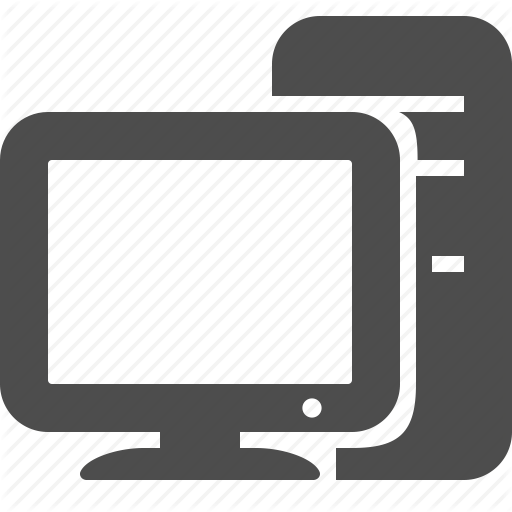Computer Systems

What Is a Computer System?
1. Hardware: The tangible components that make up the
physical machine. These include the central processing unit (CPU), memory
(RAM), storage devices (hard drives or SSDs), input/output devices (keyboard,
mouse, monitor), and more.
2. Software: The intangible part of the system—the
programs, applications, and operating system that allow the hardware to
function. Without software, the hardware would be inert.
3. Interconnection: The magic happens when hardware and
software come together. The components are interconnected to work as a cohesive
unit. Think of it as a symphony where each instrument plays its part to create
beautiful music.
4. Network : A network is a system of interconnected devices that can communicate and share data with each other. Networks can be classified by their size, topology, architecture, and protocols. Networks enable various applications such as the internet, email, social media, online gaming, and cloud computing.
Core Aspects of a Computer System
1. User Input: A computer system must be able to
receive instructions from users. Whether it's typing on a keyboard, clicking a
mouse, or tapping a touchscreen, input is essential.
2. Data Processing: The CPU processes data—performing
calculations, executing instructions, and making decisions. It's the brain of
the system.
3. Information Creation and Storage: Computers generate
information. Whether it's writing a document, editing a photo, or creating a
spreadsheet, the system stores this information for later use.
Evolution of Computer Systems
Let's take a quick journey through time:
1. Early Models: Charles Babbage's differential machine
laid the groundwork for computing. Although it was never fully built, it
prefigured the mainframes and large-scale computers of the 20th century.
2. Personal Computers: The birth of the personal
computer revolutionized computing. Desktops with monitors, keyboards, and
floppy disks became commonplace.
3. Operating Systems: Operating systems emerged to manage software and hardware interactions. Files, applications, and executables became part of the lexicon.
